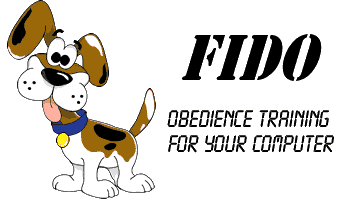|
In this step, we will add all of the words from the example sentence to the
dictionary, which the system uses to recognize words and assign a Grammar
String.
To enter a new word, select the Dictionary Table link from the main
page. Click the Add New Word link from the top of the table to
bring up the Add Word dialog. Enter the fields for each of the words
listed below:
| Actions | Word | Sense | GrammarString | ObjectId |


|
a |
1 |
D+ |
1 |


|
dog |
1 |
[D-] & (S+ | DO-) |
1002 |


|
have |
1 |
S- & AV- & DO+ |
1 |


|
john |
1 |
[D-] & (S+ | DO-) |
1 |


|
LEFT-WALL |
1 |
AV+ |
1 |
First, lets explain each column:
Word - String representing to word. It should be in all lower case.
Sense - This is a system generated number for multiple meanings of
the same word.
Grammar String - This is a boolean expression type string that uses
the Grammar Links from the previous step to determine the function of the
word in the sentence. For a more complete definition of Grammar Strings,
see Grammar Strings.
Object Id - For nouns that refer to classes of objects, this field
will point to the root of the subtree.
There are two words that are irregular in the dictionary:
For each sentence entered, the system automatically adds a
word to the beginning called the LEFT-WALL. The system
finds this word in the sentence to determine the type
of sentence: fragment, question, or regular. For regular
sentences, the LEFT-WALL will link to the verb.
For our example, the LEFT-WALL will have an AV link to the
right, meaning it is looking for an action verb. This will
make more sense in step 4, when we graphically draw the sentence.
The second irreglar word is having the word have instead
of the word has which is in the example sentence. Have
is considered to be a root word, or the infinitive form. Instead
of entering every form of every verb, we use a process called
Morphology to map all surface forms to their root form. This is
discussed in the next step of the tutorial.
A final point to notice is that the word dog refers to a class
of objects, therefore the object id is used from Part 1 of the tutorial.
· Intro
· Next
| 
